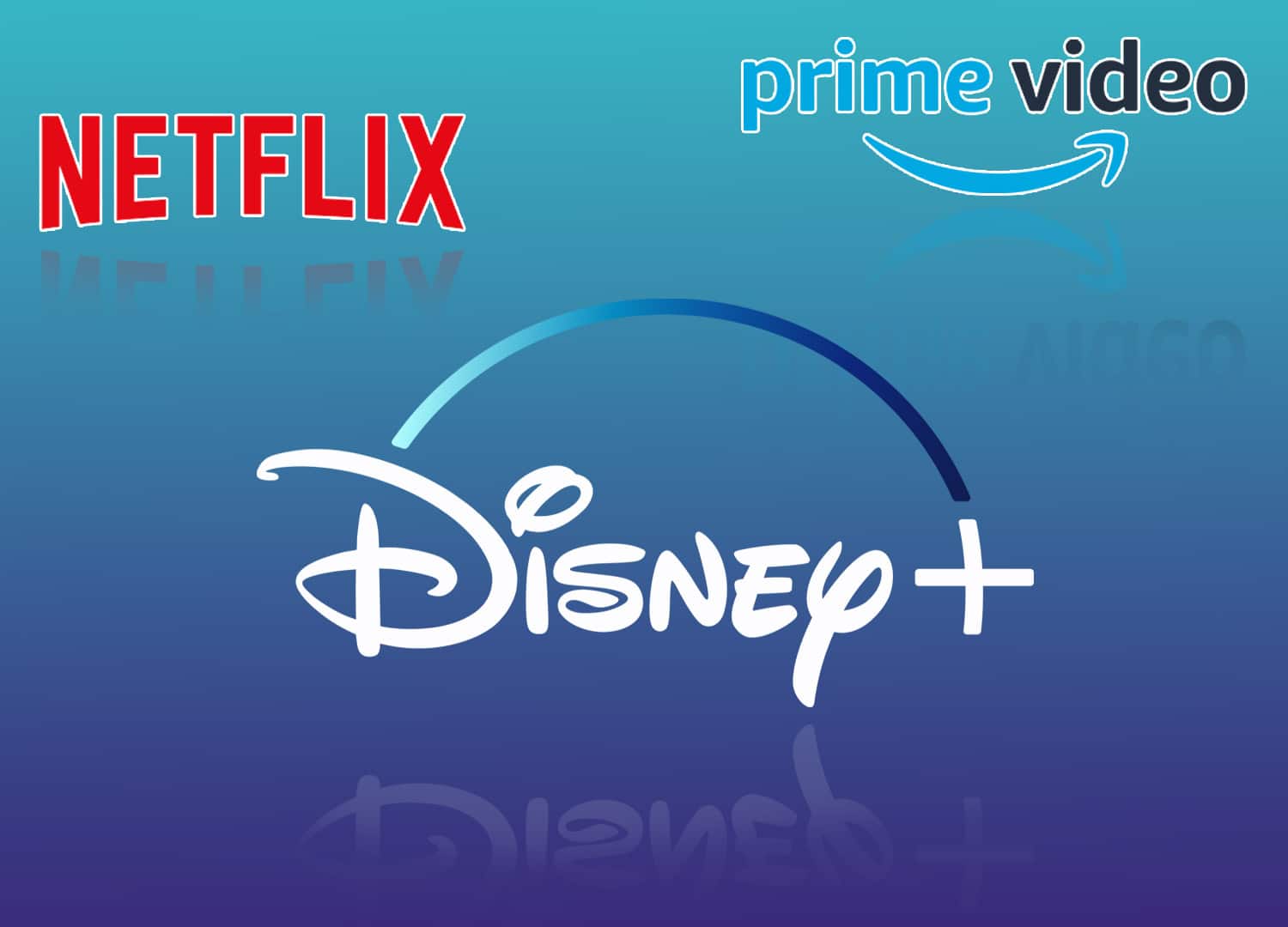
- Company overview
- Current trends
- Investment ideas
Disney Company: business model and competitors
Do you want to know how to make money from this?
Register for free and get expert advice, access to a training course and webinars.
The Walt Disney Company really excited its investors by announcing a deal with Epic Games. And with good reason: since the 1920s, Disney has industriously erected its empire, developing numerous lucrative products across various market sectors. As the largest media conglomerate globally, Disney is primarily recognized for its achievements in films, television shows, and theme parks.
Within the company’s television division, it oversees the ABC television network, operates eight proprietary television stations, collaborates with over 240 affiliates, and manages several cable networks, such as Freeform, Disney Channel, and ESPN. Walt Disney Pictures, Disney Animation, and Pixar are responsible for creating films under the umbrella of Walt Disney Studios. Furthermore, Disney holds ownership of Marvel Entertainment and Lucasfilm, both serving as lucrative assets, particularly in the realms of film production and merchandise markets.
In this article, we decided to analyze the business structure and market of the entertainment giant’s competitors.
Disney Business Model
Traditionally linked to animated classics like Cinderella, Snow White, and Bambi, Disney has earned its renown through iconic characters such as Mickey and Minnie Mouse, Donald Duck, and Goofy. However, its impact extends far beyond animation. Disney stands as a highly diversified entity, with involvements in television and film production, travel and tourism, and the operation of theme parks.
In the fiscal year 2021, Disney disclosed an annual revenue of $67.14 billion, marking an increase from $65.39 billion in 2020. This growth was propelled by the rising number of subscribers to its streaming services.
In 2018, the company underwent a strategic overhaul, resulting in the establishment of four distinct business segments. Subsequently, these business segments were reorganized into two primary divisions and four content group.
Disney competitors
Disney’s influence transcends the realm of entertainment, encompassing areas such as travel and tourism, theme parks, and consumer products. Therefore, for a comprehensive understanding of key competitors, it is advisable to assess them based on their respective business units.
Cinema and TV
Disney plays a pivotal role in the film and television industry by producing a wide range of films and television shows. Additionally, the company operates its own stations in major U.S. metropolitan areas, broadcasting local news and programs.
Comcast is a diversified corporation with operations across various sectors. Its film and television studios boast renowned names such as Universal, DreamWorks, and Universal Television. Comcast also holds ownership of NBCUniversal, which encompasses several owned and operated television stations branded under NBC, along with networks like CNBC, MSNBC, and Telemundo.
Sony, as a conglomerate of film companies, includes entities like Sony Pictures, Columbia Pictures, Screen Gems, and TriStar Pictures. Notably, Sony Pictures Television serves as a key distributor of television programs worldwide.
Streaming services
In 2019, Disney introduced its streaming service, consolidating its entire catalog of original Disney content, comprising animated films and series, along with additional content from Marvel, Pixar, National Geographic, and Star Wars. Disney remains actively involved in creating and disseminating original content through this platform.
Do you want to know
How to make money from the news
Register for free and get:
- Expert consultation;
- Access to the training course;
- Opportunity to participate in webinars

